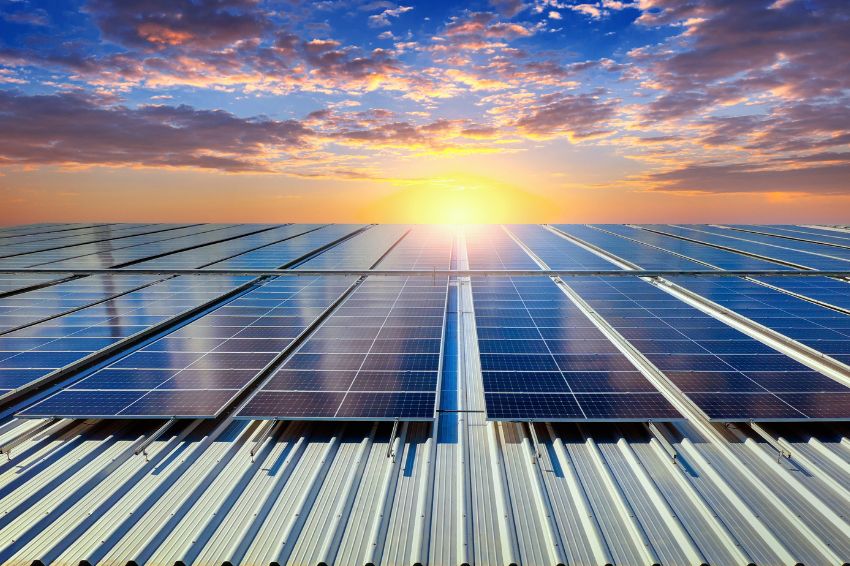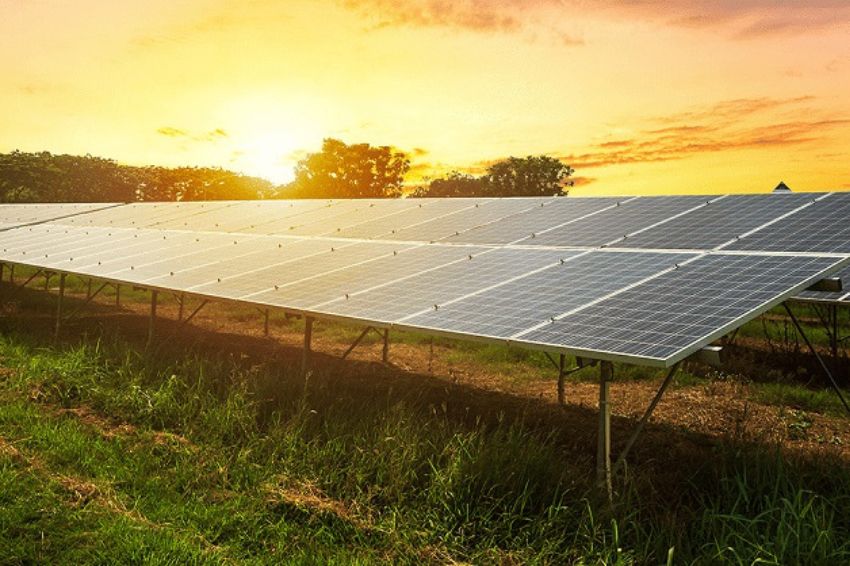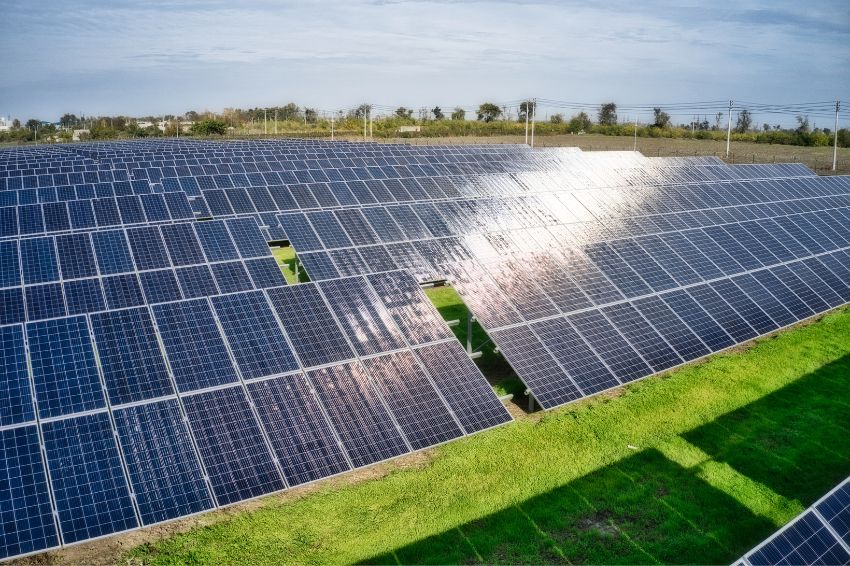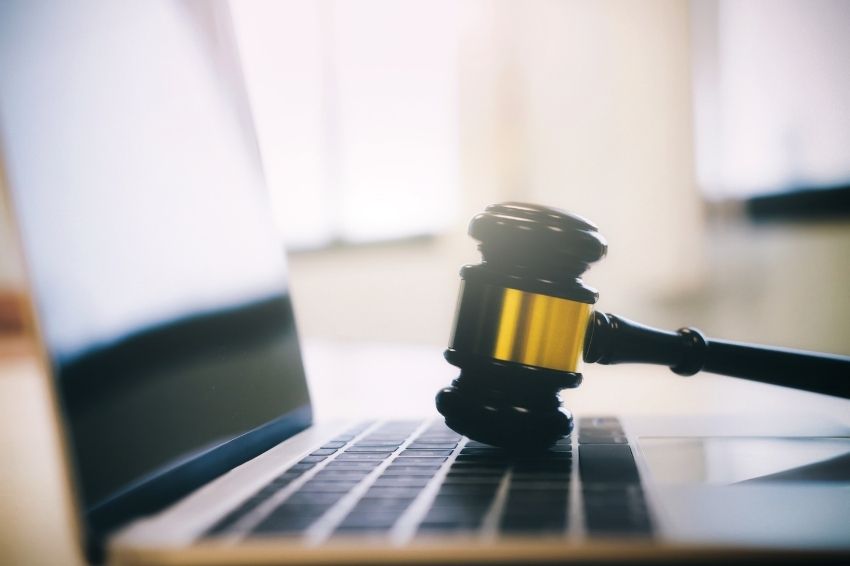Due to the outbreak of the new coronavirus, some companies have suspended their operations. But, even with the interruption of some activities, there is equipment that, in general, operates 24 hours a day, such as an electric forklift.
When we talk about batteries, for example, the situation is no different: they don't rest. With the aim of offering tips on what to do – and not do – to keep batteries in the best possible condition while activities are not fully resumed, Fronius do Brasil has put together a list with some recommendations.
What to do
- Keep an eye on the water level: check the electrolyte level after charging and fill it with water;
- Be aware of the right combination: select and use batteries of suitable capacity. Match the battery with the correct charger based on the operating instructions.
- During shutdown, it is also necessary to check the condition of the plug, socket and charging cable to avoid damage;
- The battery charging room must always be well ventilated with an air exhaust system. Gas release can also occur during a shutdown;
- If possible, perform an equalization charge on your batteries weekly. This will better preserve their autonomy during use.
What not to do
- Never leave the battery discharged for more than a day. The chargers have a charge maintenance mode that keeps the batteries charged without damaging them with any overload;
- Do not leave the electrolyte level above the cell level;
- Avoid flames, sparks and smoke near a battery;
- Do not remove cell ventilation caps when charging;
- Any necessary adjustments or repairs to the charger must be carried out by qualified personnel only.















